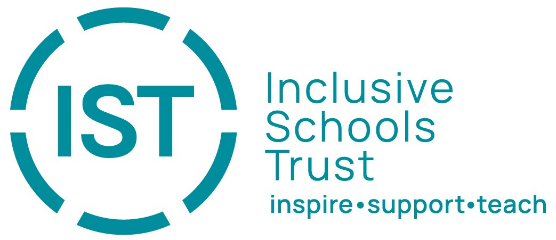| Word/Theme | Meaning |
| Arrow cards | Used to help children understand partitioning and recombining in place value, Each card shows a hundreds, tens or ones number, e.g. 200, 500, 50, 70, 3, 4, and can be placed on top of one another to make 2- and 3-digit numbers and so on. |
| Concrete materials | Anything which children may use to help them carry out practical maths activities, for example counters to help with addition, cubes and rods for place value or playdough to make 3D shapes. |
| Dienes | Wooden or plastic cubes, rods and flats used to support children in learning place value. Each small cube represents one unit, a rod represents 10, a flat represents 100 and a large cube represents 1000. |
| Estimate | Sometimes called an ‘educated guess’. Estimating is roughly guessing a number of objects or the answer to a calculation based on existing knowledge. |
| Investigation | Maths investigations require pupils to apply skills and knowledge to solving problems. Investigations differ from word problems because there isn’t always just one way of one way of working them out, and the solution might have to be found through trial and error. Sometimes there may be several answers. |
| Mastery | A deep understanding of Maths which enables children to explore mathematical ideas in multiple ways. |
| Number line | A visual representation of numbers along a horizontal line. Can start at zero or represent a set of numbers from elsewhere in the number system. Used to support counting, place value and calculation skills. |
| Number square | A set of numbers written in sequence in a square format. Often used with numbers from 1 to 100, it is a valuable primary school teaching aid as it teaches number sequences and patterns, as well as basic addition and subtraction. |
| Numicon | A primary school teaching aid consisting of plastic tiles with holes which represent the numbers 1 to 10 and can be used to teach place value, ordering and calculation. |
© Copyright 2024
Designed, produced, hosted & maintained by Creative Corner


